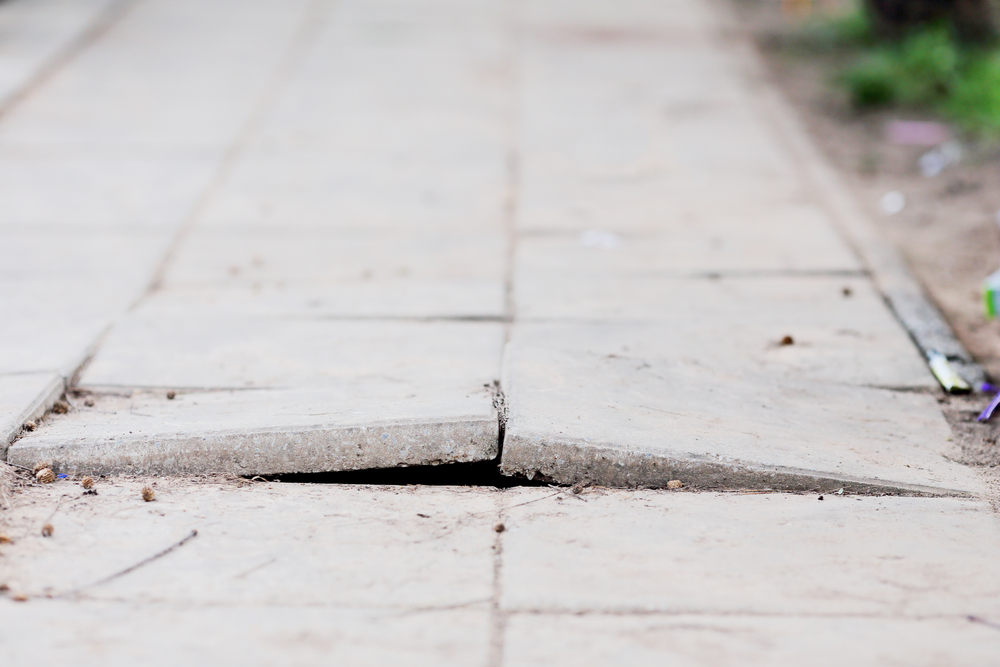Authentication of Photograph at Trial

A photograph needs to be authenticated at trial just like any other evidence. A recent decision impacts what can happen if a photograph at trial is NOT properly authenticated.
In City of Miami v. Kho, 44 Fla.L.Weekly D2555c (Fla. 3d DCA 2019), a plaintiff slipped and fell on a sidewalk. The plaintiff claimed she slipped in a difference in elevation of the sidewalk which constituted a dangerous and defective condition that the City of Miami had knowledge of. The plaintiff could not prove the City had actual knowledge of the difference in elevation of the sidewalk at-issue, so she focused on constructive knowledge. To do this, the plaintiff introduced a Google Maps photograph. (The case says Google Maps but perhaps it was a photograph from Google Earth.). The photograph was years prior to the incident and depicted that the condition of the sidewalk with the elevation differential was in existence for years such that the City should have known about it.
A photograph from Google Maps or Google Earth is not self-authenticating so it still needs to be properly authenticated. However, the plaintiff did not present any testimony from anyone with personal knowledge of the sidewalk’s condition as of the date of the photograph. The plaintiff also did not present any testimony from a Google representative or anyone with knowledge of Google’s photographing system. The plaintiff simply introduced the photograph through her expert, despite objection from the City, even though the expert also could not authenticate the photograph.
A jury awarded the plaintiff damages and the City appealed with the primarily appellate issue concerning the admission of the Google photograph into evidence.
The Third District held there are two ways a photograph can be admitted into evidence:
“There are two methods of authenticating photographic evidence.” The first is the “pictorial testimony” method, which requires a witness with personal knowledge to testify that the image fairly and accurately depicts a scene. The second is the “silent witness” method, under which the photograph “may be admitted upon proof of the reliability of the process which produced the tape or photo.” A trial judge may admit a photograph under the silent witness method after considering the following factors:
(1) evidence establishing the time and date of the photographic evidence;
(2) any evidence of editing or tampering;
(3) the operating condition and capability of the equipment producing the photographic evidence as it relates to the accuracy and reliability of the photographic product;
(4) the procedure employed as it relates to the preparation, testing, operation, and security of the equipment used to produce the photographic product, including the security of the product itself; and
(5) testimony identifying the relevant participants depicted in the photographic evidence.
Kho, supra (internal citations omitted).
Here, the Google photograph at-issue was not authenticated by a person. There was no testimony that the photograph fairly and accurately depicted the condition of the sidewalk as of the date stamp on the photograph. Also, there was no testimony as to the authentication of the photograph under the silent witness method. The plaintiff “did not present any evidence as to the operating capabilities or condition of the equipment used by Google Maps. There also was no testimony as to the procedures employed by Google Maps in taking the photograph. Given the lack of evidence as to any of the relevant factors [identified above], the trial court did not make any findings regarding admissibility under the silent witness method.” Kho, supra.
But, here is the harsh outcome of the fact that this Google photograph was not properly authenticated at trial. The appellate court reversed and remanded with instructions to enter judgment in favor of the City. Even though the plaintiff obtained a jury verdict at trial, the plaintiff does not get another bite out of the apple to retry her case with proper proof. The plaintiff “was aware that the City would be contesting the photograph’s admissibility and had ample time to prepare the extrinsic evidence necessary to properly authenticate it. Thus, the City is entitled to judgment in its favor.” Kho, supra. Ouch!
Please contact David Adelstein at dadelstein@gmail.com or (954) 361-4720 if you have questions or would like more information regarding this article. You can follow David Adelstein on Twitter @DavidAdelstein1.




